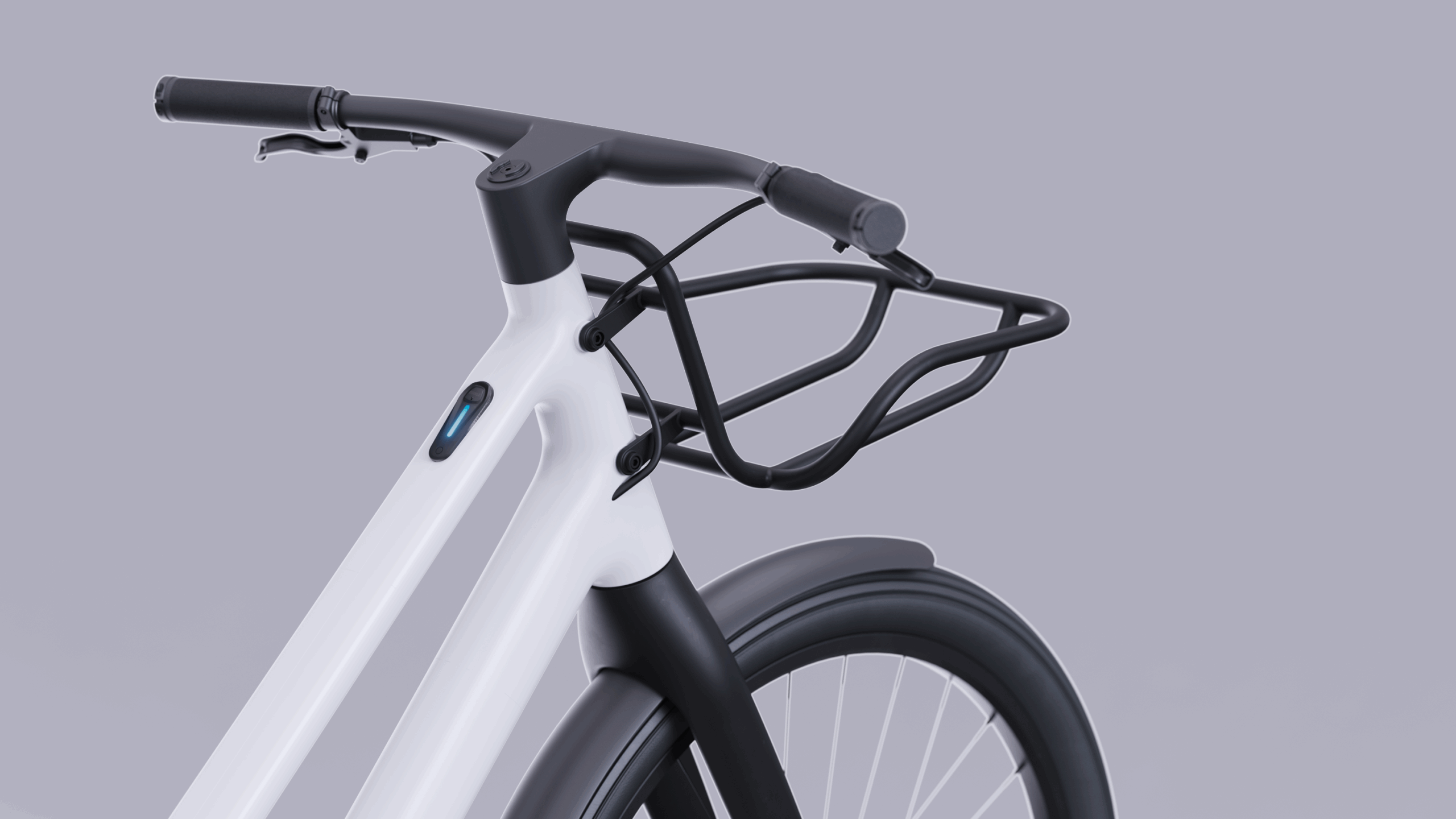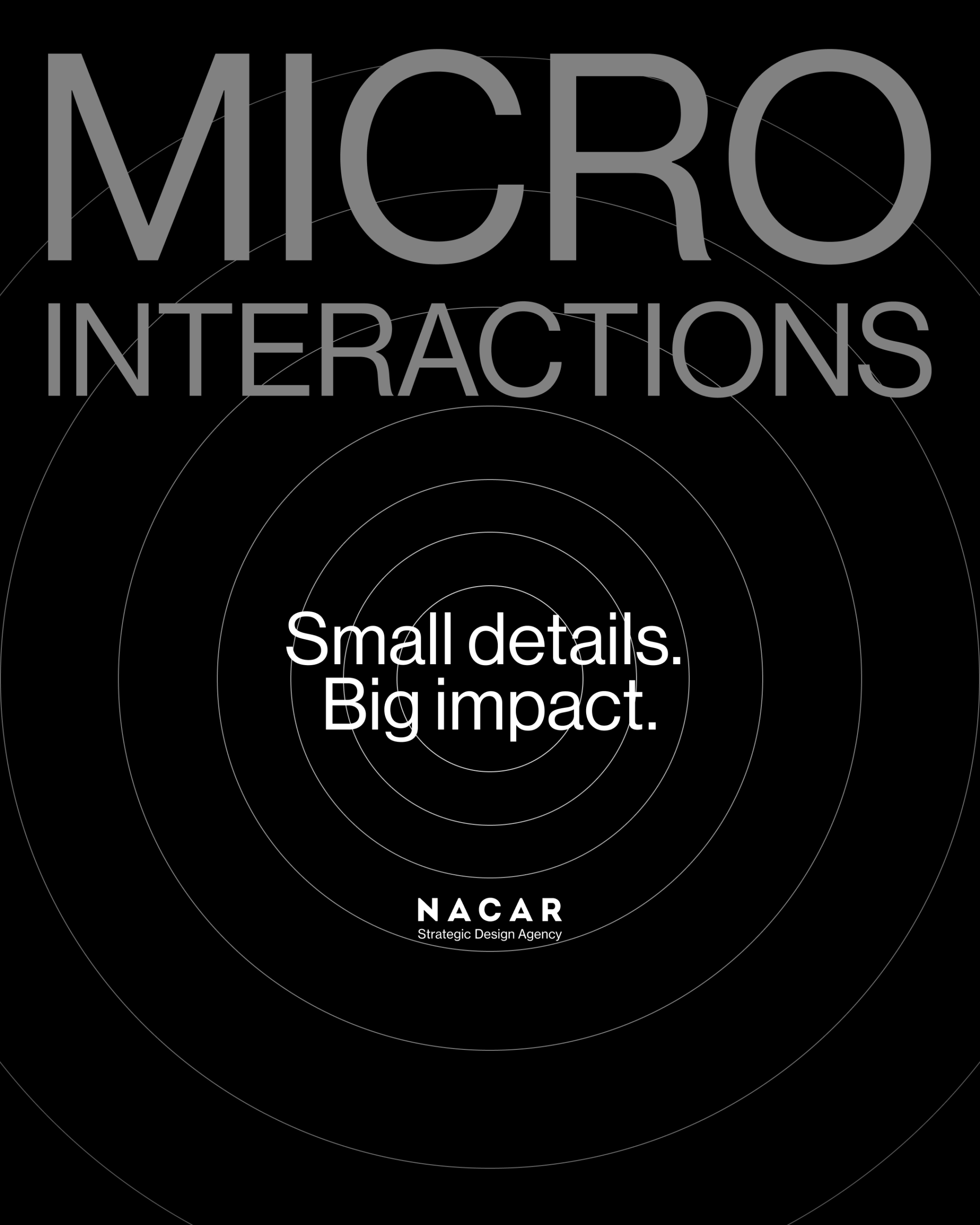
What is a design system?
- Nacar Design Team

In this article from NacarDesign, we will explain more about what a design system is, its value, and how to implement it from scratch in your project.
A design system
As mentioned earlier, a design system is an organized collection of reusable components and their code, which facilitates the rapid and consistent creation of digital products. It not only covers visual aspects such as colors and typography but also design rules, interaction patterns, and communication with users. It is the DNA of the digital product, guiding designers and developers toward a consistent experience. A well-structured design system is dynamic, evolving with the product to adapt to new needs, and ensures that the entire team works under the same guidelines to maintain consistency.
Why use a design system?
Using a design system offers multiple benefits for a digital product. First, it provides consistency, ensuring coherent interfaces in visual aspects, interaction, and communication. It also accelerates development since reusable components prevent starting from scratch, saving time and reducing errors. Additionally, it improves collaboration between teams, acting as a common language that ensures all departments, such as design, development, and marketing, are aligned and work with the same resources and guidelines.

Difference between a design system and a style guide
Many wonder, what is a design system and how it differs from a simple style guide. While both share the goal of maintaining visual consistency, a design system goes much further. A style guide is primarily a document that lists visual aspects such as colors, typography, and element sizes, while a design system also includes interactive components, code specifications, interaction rules, and accessibility principles. In other words, the design system is a broad and functional concept that covers all aspects of a product's design, not just the visual ones.

Key steps to build a design system
Share product principles: The first step in creating a design system is ensuring that the entire team is aligned on the product's principles. This means there should be a shared understanding of the product's vision, mission, and values, which will guide design decisions.
Assign roles and responsibilities: It's important that each team member, whether a designer, developer, or product manager, clearly understands their roles in the creation and maintenance of the design system. Collaboration is key, so an agile working system should be present from the beginning.
Understand users: For a design system to be effective, it's crucial to understand the users the product is intended for. This involves understanding their needs, expectations, and behaviors to ensure the design system adapts to their preferences.
Build the ui of the design system: Once all team members are aligned and user analysis has been completed, it's time to start building the interface of the design system. This includes creating a platform where all components and design patterns are stored, accessible to the entire team.
Analyze and store components: The components that make up a design system should be carefully analyzed and evaluated regularly. Are they effective? Are new components needed? Should any be redesigned? These are some of the aspects to consider. To store these components, it's ideal to create a visual and accessible platform that allows resources to be managed and reused in an organized way.
Design system examples
Some of the best-known examples of design systems include Google's Material Design system and Atlassian's design system. Material Design provides a clear set of guidelines and ready-to-use components, while Atlassian's design system is used in products like Jira, Trello, and Confluence. Both examples show how a design system can help maintain consistency across complex products, improving efficiency and quality in each iteration of the product.
Implementing a design system is a key strategy for any design team looking to scale their products consistently and efficiently. It's not just about standardizing visual components, but about creating a comprehensive approach that unifies all aspects of design, from interaction to accessibility. With proper implementation, a design system not only improves product quality but also facilitates collaboration and accelerates the development process. It's an investment that will undoubtedly be worth it in the long run.


Moulded thermoplastic composites; lightweight and recyclable. The BCPR project.
